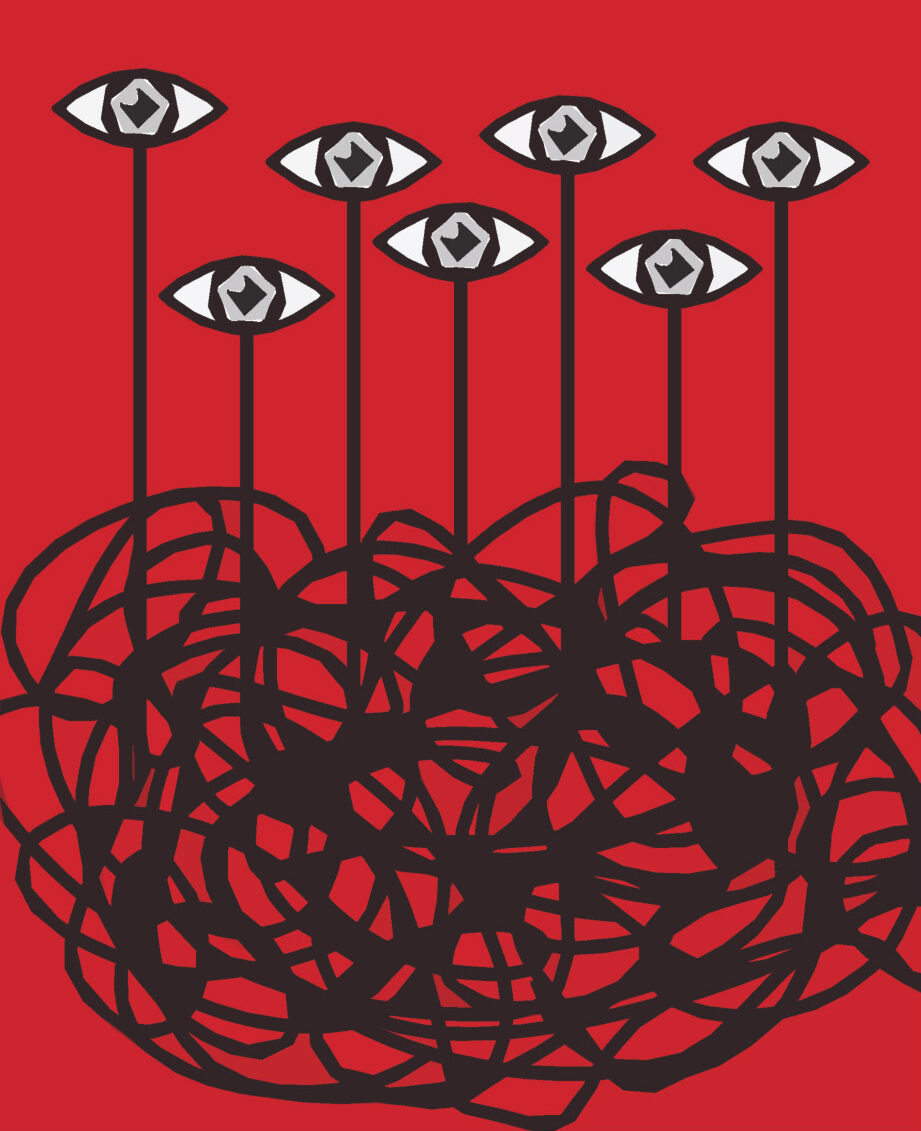
PR Attack: Reality and Paranoia
The negativity in the information space is not always a clear sign of an enemy trick.
Discrediting public figures, organizations, industries (as is the case on a global scale with regard to junk food, and in the situation of the current Russian-Ukrainian trade war), cities, regions, and states through a targeted information attack is a traditional tool of multilevel conflicts since time immemorial.
The negativity in the information space is not always a clear sign of an enemy trick. In most cases, negative information appears naturally as a result of words/deeds and/or their interpretation.
Unfortunately, the conspiracy theory is so close to the worldview of the elites (business, political, intellectual) that their conspiratorially engaged representatives tend to make a mountain out of a dust speck. I would venture to assume that for many the fact of an informational attack on them helps to increase their self-esteem. They say, look how THEY are afraid of me, “what a macho I am.” Although if you check, in most cases this is not a fact, but the fruit of the sick imagination. Or people seriously believe that no traditional mass media and no active blogger/ “social network account” will react in good conscience to staff reductions, low quality of goods or services, frankly lying or stupid press releases. And they will not consider the excessive enthusiasm of a public figure for their persona as blue talk bragging.
Therefore, it is useful for all subjects of PR work and objects of PR promotion to remember the rules for identifying an information attack.
- One nasty article in print or online media or a TV or radio story of the same nature is not a black mark and not an attack.
- Nasty article with an objective basis is not necessarily the fruit of someone’s ill will. It is the result of ordinary (albeit rare in our difficult times) faithful performance of professional duties by journalists. Finally imagine, there is still something left in the information space, except for jeans.
- Negativity in the mass media controlled by your natural enemies (competitors in business, political opponents, representatives of the enemy clan) does not always indicate the beginning of an attack. Most often, this is the usual trolling, rattling the nerves, combat actions that proceed sluggishly. A kind of a gut check – how will the target react and which actions will the target start to perform. And a source of sinister pleasure for the customer.
- The attack rarely starts for no reason at all according to the principle, “Why do not we seriously attack Mr X today because I do not like his face?” As a rule, any structured PR campaign has a reason. It is either a real mistake of the victim or a coincidence of external circumstances favourable to the aggressor – a change in the political situation or market conditions.
- An exception to hypothesis No. 4 is the victim behaviour of the target. If it is known that any negativity in the media in the object of the attack causes tantrums with the throwing of objects, dismissal of full-time PR staff, prolonged drinking, or drug addiction, then you can troll for no reason.
- And now about some danger signals that indicate that you have a bull’s eye on your back.
- The beginning of the attack starts on the Friday night before the August holiday.
- Instant acceleration of the signal using non-disgusting Internet resources.
- Involvement of initially unfriendly media.
- Suspiciously neat drama – unnaturally fast appearance of analytical materials based on blackmail, too logical and time-structured change of information reasons from general to partial or vice versa, surprisingly high media interest in minor events.
- Active comments from non-disgusting experts.
- Involvement in the attack of engaged “VIP-journalists” specializing in “journalistic investigations” on the basis of loose folders with incriminating information on the target handed over by their deputies.
- Etc.
We can continue the list. However, this is a blog, not a tutorial. Let’s talk about the logic of responding to unappetizing things about yourself in the information space.
First, keep calm. Only an obituary is a bad PR. Yes, and only for you (because you won’t read it), but not for successors. Everything else can be turned to your advantage if you react correctly. Therefore, hysteria is a sign of weakness and inadequacy of the status of a public figure.
Second, lay down the straws in advance. Conduct an audit of reputational risks, evaluate the set of “informational weapons” of potential aggressors – media resources, organizational resources, qualifications, experience and traditional methods of work of the PR team.
Third, be a “peace hawk” and keep the armoured train on the spare track. That is, on the one hand, have your set of “informational weapons” nearby. And on the other hand, from time to time hold actions to force potential aggressors to peace, because no one prevents you from occasionally telling society about their antisocial behaviour.
And, finally, it is possible to spoil the reputation not only with negativity. You can praise a person or an organization and other supra-level structures to the point of losing public trust. Post Soviet-style primitive odes to wisdom, kindness, and justice as much as possible, more often, more boringly. Sing the praises of the chorus of “experts,” cover the TV screen with your noble back. Only this will not be called trolling, but elfing. Elves, you know, they are powerful and good.
Forbes 2013
